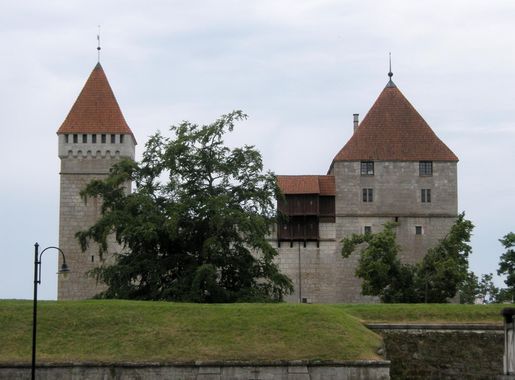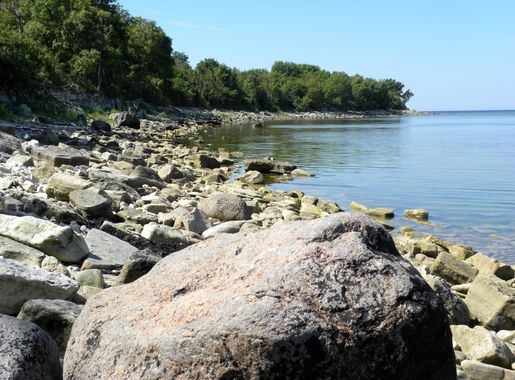
Saaremaa Island: Estonia's Hidden Gem of Natural Beauty and History
Discover Saaremaa Island: Estonia's largest island, known for its scenic landscapes, historic sites, and tranquil ambiance, perfect for a relaxing and enriching getaway.
Saaremaa Island, the largest island in Estonia, is a captivating destination that blends natural beauty with rich history. Located in the Baltic Sea, it boasts unspoiled landscapes, charming villages, and unique cultural heritage. The island is known for its serene nature, with endless stretches of coastlines, forests, and meadows. It's a perfect getaway for those looking to escape the hustle and bustle of city life and immerse themselves in tranquility. Visitors to Saaremaa can explore the island's historical landmarks, such as the well-preserved Kuressaare Castle, which dates back to the 14th century. The castle now houses a museum that offers insights into the island's past. Another notable site is the Kaali Meteorite Crater, a rare natural wonder formed by a meteorite impact over 4,000 years ago. This site is surrounded by legends and offers a glimpse into ancient times. Saaremaa is also famous for its traditional windmills and thatched-roof houses, which reflect the island's rural charm. The local cuisine, featuring fresh seafood and organic produce, provides a delightful culinary experience. Don't miss the chance to sample local specialties such as smoked fish and homemade bread. Whether you're interested in outdoor activities, historical exploration, or simply relaxing in a peaceful environment, Saaremaa Island offers something for every traveler.
Local tips in Saaremaa Island
- Visit in summer for the best weather and local festivals.
- Rent a bicycle to explore the island at your own pace.
- Try the local Saaremaa beer, brewed on the island.
- Book accommodation in advance during peak tourist season.
- Bring comfortable walking shoes for exploring nature trails.
Saaremaa Island: Estonia's Hidden Gem of Natural Beauty and History
Saaremaa Island, the largest island in Estonia, is a captivating destination that blends natural beauty with rich history. Located in the Baltic Sea, it boasts unspoiled landscapes, charming villages, and unique cultural heritage. The island is known for its serene nature, with endless stretches of coastlines, forests, and meadows. It's a perfect getaway for those looking to escape the hustle and bustle of city life and immerse themselves in tranquility. Visitors to Saaremaa can explore the island's historical landmarks, such as the well-preserved Kuressaare Castle, which dates back to the 14th century. The castle now houses a museum that offers insights into the island's past. Another notable site is the Kaali Meteorite Crater, a rare natural wonder formed by a meteorite impact over 4,000 years ago. This site is surrounded by legends and offers a glimpse into ancient times. Saaremaa is also famous for its traditional windmills and thatched-roof houses, which reflect the island's rural charm. The local cuisine, featuring fresh seafood and organic produce, provides a delightful culinary experience. Don't miss the chance to sample local specialties such as smoked fish and homemade bread. Whether you're interested in outdoor activities, historical exploration, or simply relaxing in a peaceful environment, Saaremaa Island offers something for every traveler.
When is the best time to go to Saaremaa Island?
Iconic landmarks you can’t miss
Kuressaare linnus
Explore the captivating Kuressaare Castle, a historical gem on Saare Island offering rich exhibits and stunning architecture.
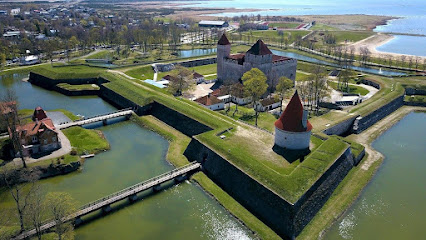
Sõrve Lighthouse
Experience the breathtaking views and rich maritime history at Sõrve Lighthouse, a must-visit attraction on the stunning Sõrve Peninsula in Estonia.
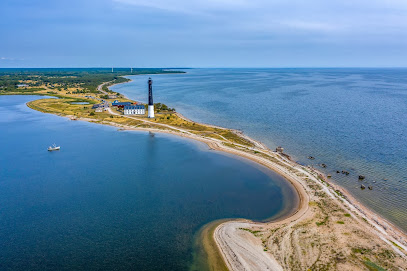
Angla Windmill Park
Explore the enchanting Angla Windmill Park in Saare County for a unique blend of history, culture, and stunning natural scenery.
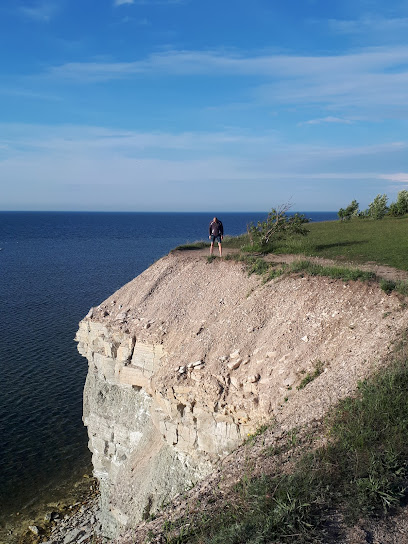
Kaali meteoriitika ja paekivimuuseum
Explore the fascinating Kaali Meteorite Museum, home to Europe's largest meteorite crater and captivating exhibits on the cosmos.
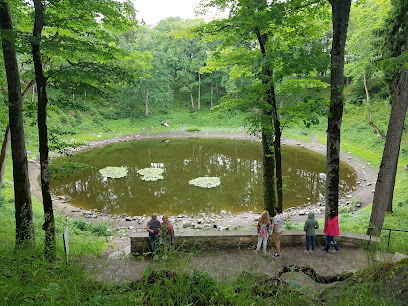
Hesburger
Experience affordable fast food at Hesburger in Kuressaare, where quality meets flavor in a friendly atmosphere perfect for tourists.
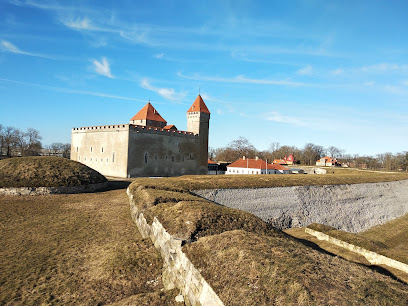
Ruins of Maasi castle
Experience the allure of Estonia's medieval heritage at the Ruins of Maasi Castle, a breathtaking fortress in Saare County surrounded by natural beauty.
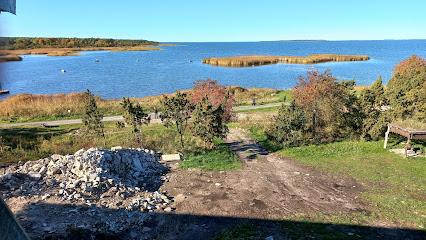
Suur Tõll ja Piret
Discover Suur Tõll ja Piret: An Iconic Maritime Landmark in Kuressaare, Estonia, Celebrating Rich History and Stunning Views.
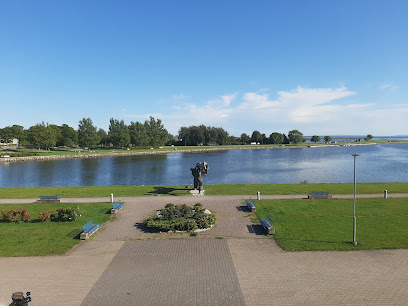
RMK Triigi telkimisala
Experience the tranquility of RMK Triigi Camping Area in Saare County, Estonia, where nature and adventure await every traveler.
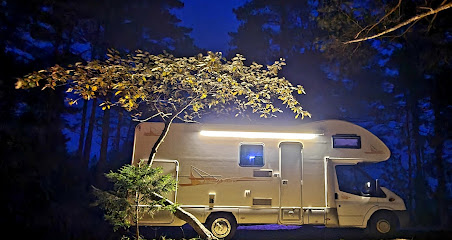
Saaremaa Muuseum
Explore the fascinating history and culture of Saaremaa Island at the Saaremaa Museum in Kuressaare, a captivating destination for all ages.
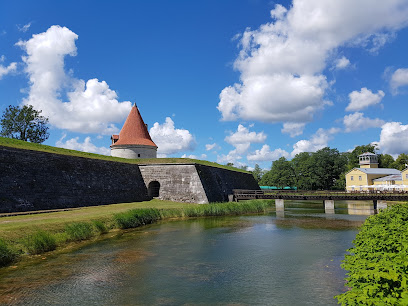
Keskaja Elamuskeskus/ Medieval Activity Centre/ Archebald
Discover the enchanting Keskaja Elamuskeskus, a medieval theme park in Kuressaare, where history comes alive through interactive experiences and fun activities.
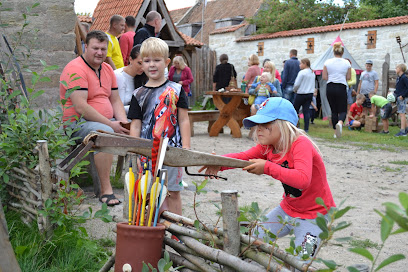
Tuhkana beach and recreation area
Discover the serene beauty of Tuhkana Beach in Saare County, where crystal-clear waters meet soft sands for an unforgettable seaside experience.
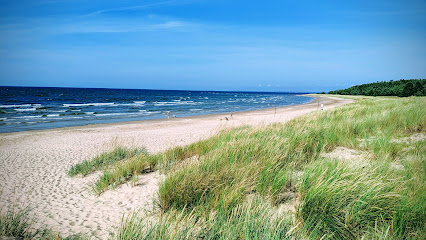
Sääretuka lighthouse
Explore the rich maritime heritage at Sääretuka Lighthouse in Rannaküla, a stunning historical landmark on Estonia's beautiful coastline.
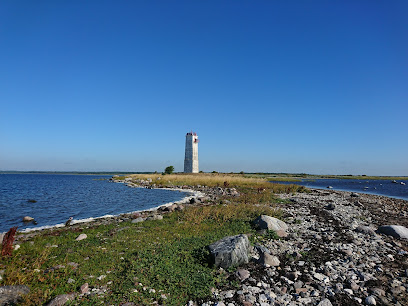
Kõljala mõis
Explore the serene beauty and rich history of Kõljala Mõis, a hidden gem in Saare County, Estonia, perfect for nature lovers and history enthusiasts.
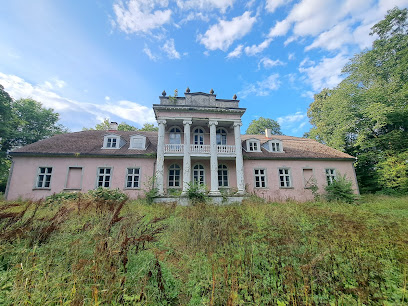
Vabadussõjas langenud saarlaste mälestusmärk
Explore the Vabadussõjas langenud saarlaste mälestusmärk, a profound memorial in Kuressaare celebrating the bravery of Estonian freedom fighters amidst beautiful landscapes.
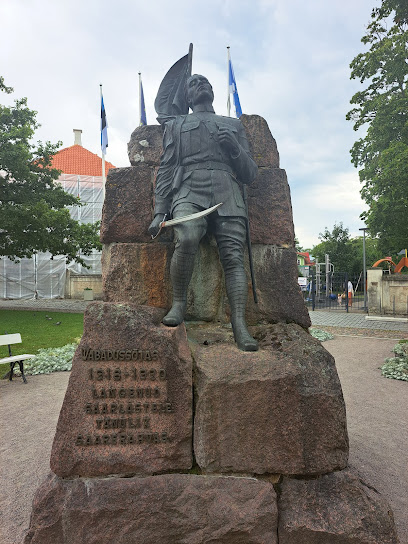
Suursild
Explore Suursild, a historical landmark in Kuressaare, where scenic views and rich culture come together in perfect harmony.

Unmissable attractions to see
Kuressaare linnus
Explore the majestic Kuressaare Castle, a historical fortress in Estonia offering rich cultural experiences and stunning views.

Sõrve Lighthouse
Discover the breathtaking views and rich maritime history at Sõrve Lighthouse, a must-see destination on Saaremaa Island, Estonia.
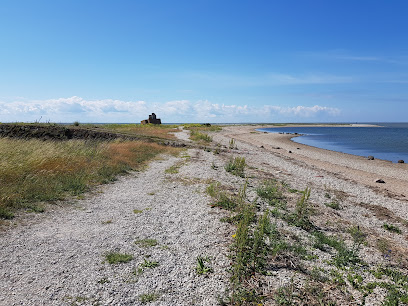
Panga Cliff
Explore Panga Cliff, a stunning natural attraction in Estonia, featuring dramatic limestone cliffs and breathtaking views of the Baltic Sea.
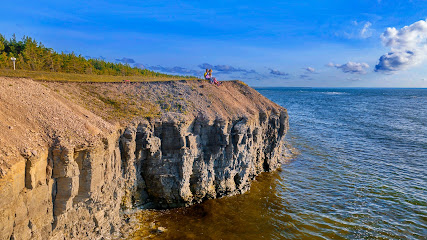
Kaali kraater
Explore the enchanting beauty of Kaali Kraater, Estonia's largest meteorite impact site, surrounded by lush landscapes and rich geological history.
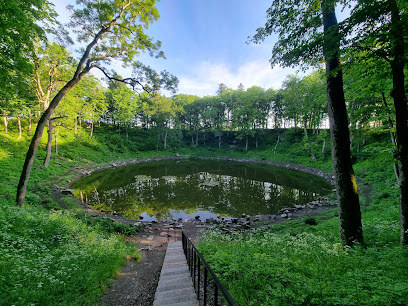
Kiipsaare lighthouse
Explore the stunning Kiipsaare Lighthouse on Saaremaa Island, a beautiful blend of history and nature along Estonia's breathtaking coastline.
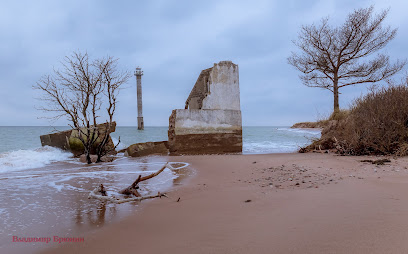
Military Equipment Museum of Saaremaa
Explore the rich military heritage of Estonia at the Military Equipment Museum of Saaremaa, featuring a fascinating collection of historic military artifacts.
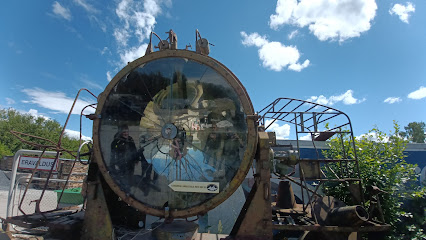
SAARE KEK
Explore the multifaceted Saare KEK in Kuressaare: a museum, escape room center, and live music venue offering engaging experiences for all ages.

Eemu Windmill
Discover Eemu Windmill in Saare County, a beautiful symbol of Estonia’s agricultural heritage surrounded by breathtaking landscapes.
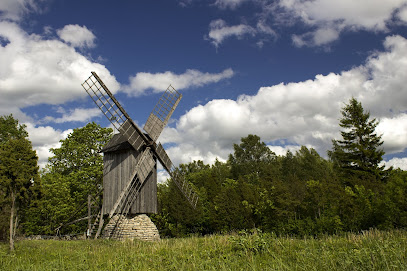
Illiku laid
Explore Illiku Laid, a serene island in Estonia's Saare County, known for its breathtaking landscapes, rich wildlife, and peaceful shores.
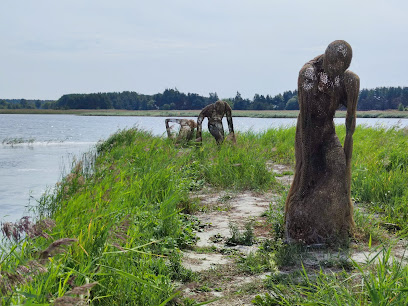
Väinatamm
Explore the stunning Väinatamm Bridge in Saare County, connecting you to breathtaking views and rich Estonian heritage.
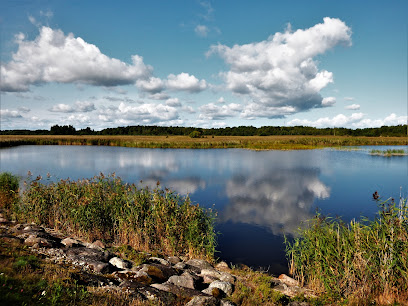
Taaliku harbour and beach
Discover Taaliku Harbour and Beach, a scenic coastal escape in Saaremaa, combining natural beauty, rich history, and endless outdoor activities.
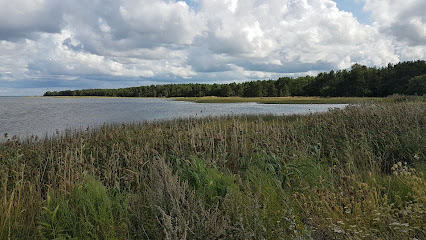
Oti manor
Explore the historical charm of Oti Manor in Saare County, Estonia, a captivating destination blending heritage and natural beauty.
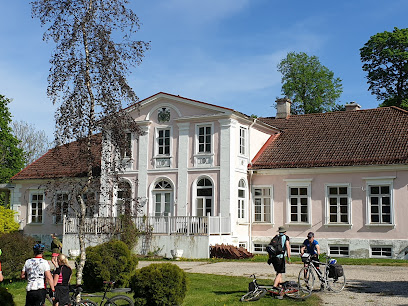
Mälestusmärk 1941.a. küüditatutele
Explore Mälestusmärk 1941.a. Küüditatutele in Kuressaare, a serene memorial honoring the victims of a tragic chapter in history.
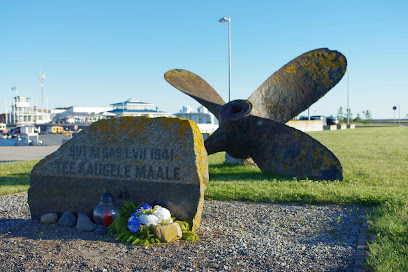
Vabadussõjas langenud saarlaste mälestusmärk
Explore the Vabadussõjas Fallen Saarlaste Memorial in Kuressaare, a poignant tribute to Estonia's heroes of independence amidst serene landscapes.
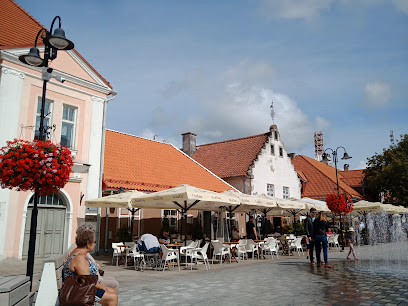
Kuressaare Rüütelkonna hoone
Explore the historical Kuressaare Rüütelkonna Hoone, a stunning tourist attraction in Estonia that highlights the region's rich cultural heritage.
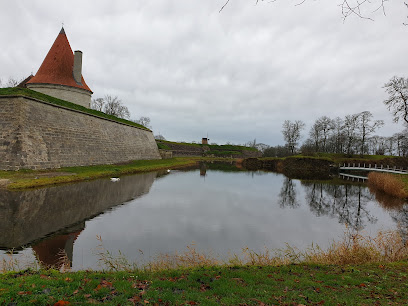
Essential places to dine
Saaremaa Veski
Experience traditional Estonian cuisine at Saaremaa Veski, a historic mill-turned-restaurant offering unique flavors and charming ambiance.
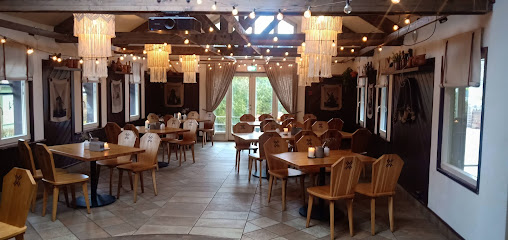
Castello Restoran Pizzeria
Experience authentic Italian cuisine at Castello Restoran Pizzeria in Kuressaare - where every meal is a delightful journey into Italy's rich flavors.
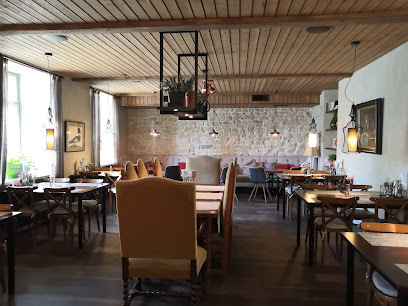
Ristorante la Perla
Discover authentic Italian cuisine at Ristorante la Perla in Kuressaare—an unforgettable dining experience awaits!
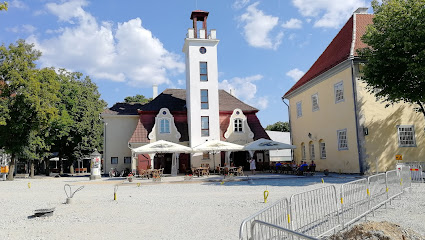
PÖIDE GRILLHOUSE
Savor authentic Estonian grilled cuisine at PÖIDE GRILLHOUSE in Kuressaare - A must-visit dining experience on Saare Island.
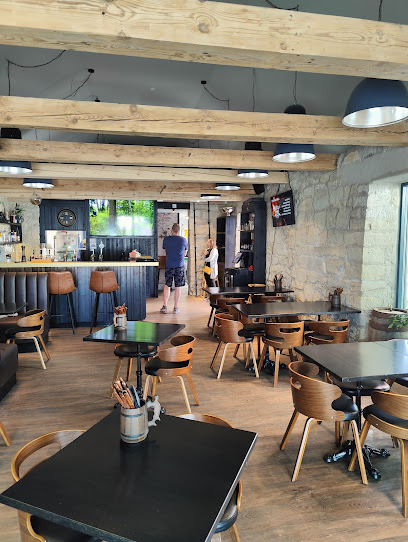
Lümanda söögimaja
Experience authentic Estonian cuisine at Lümanda Söögimaja – where tradition meets generous hospitality in Saare County.

Sääre Paargu kohvik-restoran
Discover Sääre Paargu: A charming restaurant offering authentic Estonian cuisine amidst stunning Saare County landscapes.
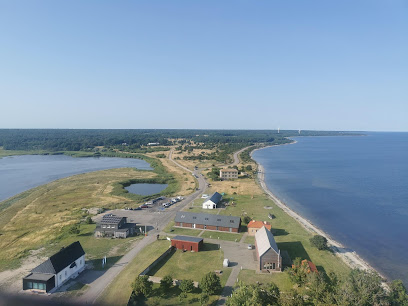
Kapteni Kõrts & Resto
Discover traditional Estonian cuisine at Kapteni Kõrts & Resto in Kuressaare—where local flavors meet warm hospitality.
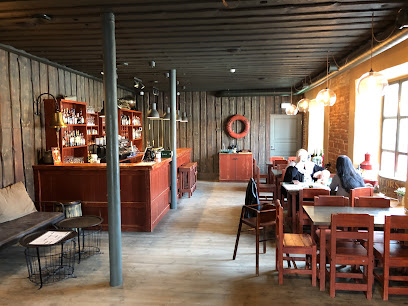
WAAG restobar
Experience local flavors at WAAG Restobar in Kuressaare – a culinary gem blending tradition with modern flair.
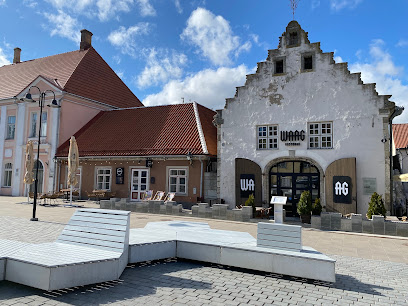
omnom söök & jook
Discover the flavors of Saare County at Omnom Söök & Jook - where local ingredients meet international culinary creativity.
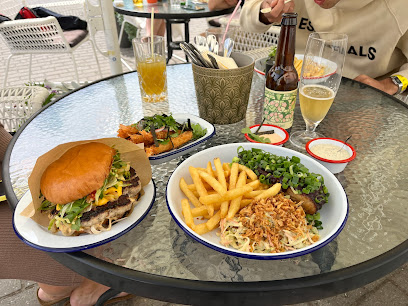
KÖHT
Discover KÖHT in Orissaare: Where Traditional Estonian Cuisine Meets Coastal Charm for an Unforgettable Dining Experience.

Söstar köök & baar
Discover Söstar Köök & Baar in Kuressaare for an unforgettable dining experience filled with local flavors and delightful dishes.
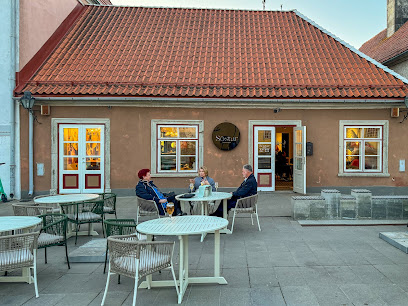
Restoran Rose
Experience exquisite local cuisine at Restoran Rose in Kuressaare - where tradition meets culinary innovation.
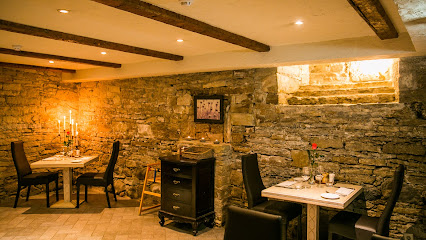
Markets, malls and hidden boutiques
Saare Selver
Explore the heart of Saare County's culinary scene at Saare Selver, where local and international flavors meet in a vibrant supermarket experience.
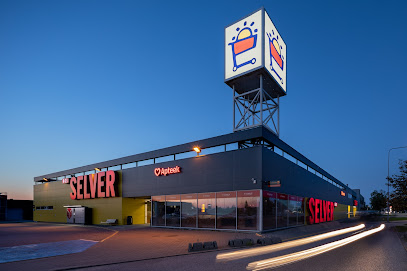
Auriga Kaubanduskeskus
Discover Auriga Kaubanduskeskus, a shopping paradise in Saare County with diverse shops, delicious dining, and family-friendly entertainment.
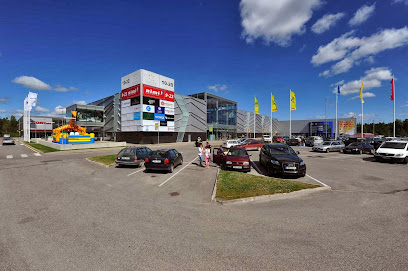
Saaremaa Kaubamaja
Explore Saaremaa Kaubamaja in Kuressaare for an unforgettable shopping experience featuring local and international brands amidst a vibrant atmosphere.
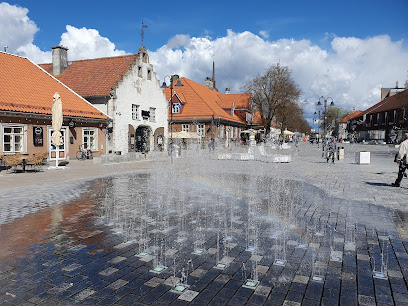
Kihelkonna Rimi mini
Experience local flavors and convenience at Kihelkonna Rimi Mini, your grocery store in the heart of Kuressaare, Saare County.
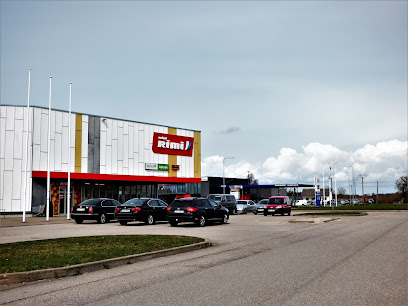
Tooma Konsum | Coop
Explore local flavors and essentials at Tooma Konsum, the premier grocery store in Kuressaare, Saare County, Estonia.
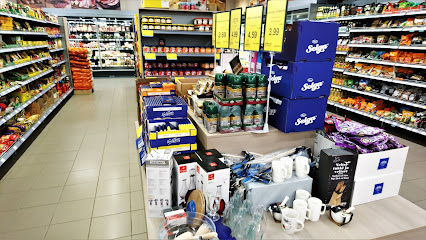
K-Rauta Kuressaare
Discover K-Rauta Kuressaare, your go-to building materials store, offering an extensive selection for all your DIY and construction needs in Estonia.
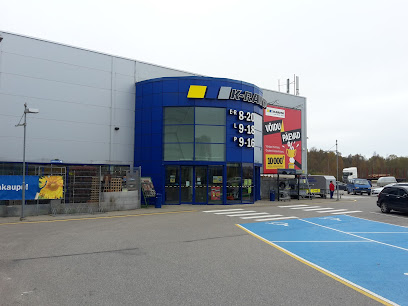
Magaziin
Explore Magaziin in Kuressaare for unique Estonian home goods and handcrafted treasures that reflect local culture and craftsmanship.
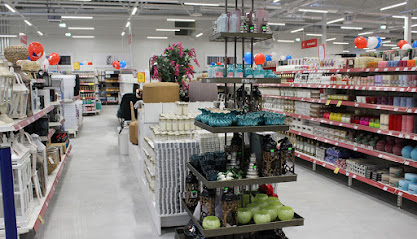
Coop Leisi
Explore the heart of Estonian flavors at Coop Leisi, your go-to grocery store in Saare County for fresh produce and local delicacies.
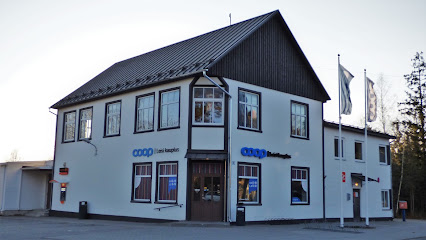
JYSK
Explore JYSK in Kuressaare for stylish furniture and home decor, blending modern design with affordability in a charming Estonian setting.
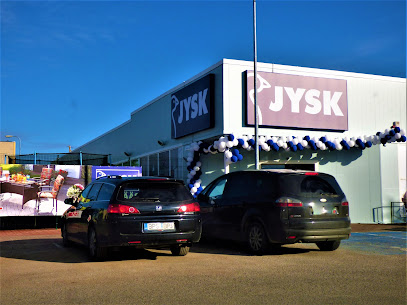
Coop Kaubaait
Discover the essence of Estonian cuisine at Coop Kaubaait, a treasure trove of local and international grocery delights in Kuressaare.
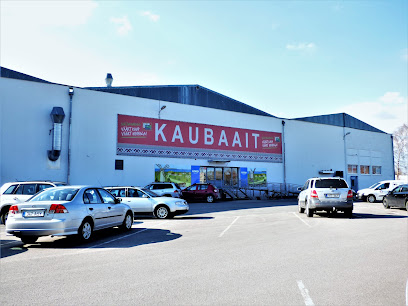
Coop Ranna kauplus
Experience the local flavors and everyday convenience at Coop Ranna Kauplus, your go-to supermarket in Kuressaare, Estonia.
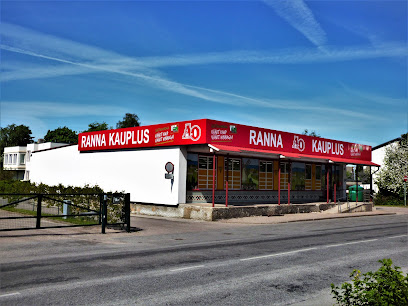
Mareti kaubamaja
Discover unique pre-loved fashion at Mareti Kaubamaja, a cozy second-hand store in Kuressaare that promotes sustainable shopping experiences.
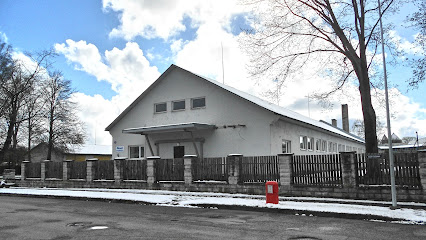
Kuressaare Rahva Raamat
Discover the enchanting world of literature at Kuressaare Rahva Raamat, a cozy book store in the heart of Kuressaare, Estonia.
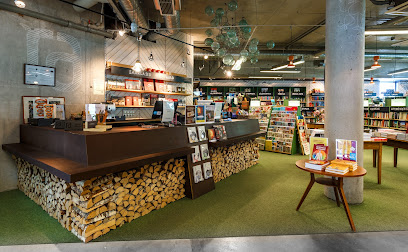
Coop Valjala
Explore the local flavors and essentials at Coop Valjala, your friendly grocery store in the heart of Saare County, Estonia.
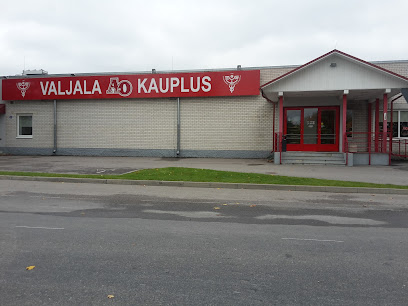
Saaremaa Kaubamaja Toidumaailm
Discover the flavors of Saaremaa at Saaremaa Kaubamaja Toidumaailm, a grocery store showcasing local produce and gourmet delights.
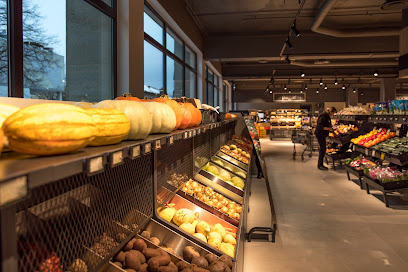
Essential bars & hidden hideouts
Mönus Villem
Discover the vibrant atmosphere and local flavors at Mönus Villem, a premier pub in Kuressaare offering a true taste of Estonian culture.
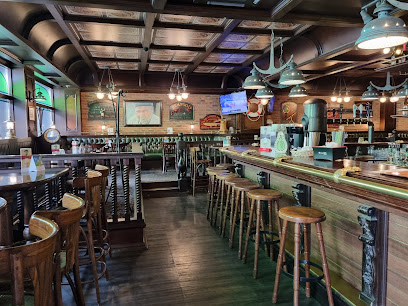
Saaremaa Veski
Experience the rich flavors of Estonian cuisine at Saaremaa Veski, a historic restaurant that offers a unique blend of tradition and culinary excellence.
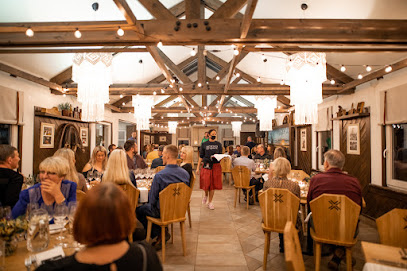
Chameleon Lounge
Experience the vibrant atmosphere and diverse culinary offerings at Chameleon Lounge in Kuressaare, the perfect spot for food and drink enthusiasts.
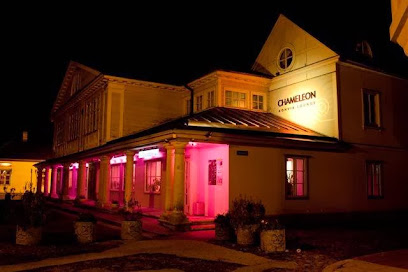
Kodulinna lokaal
Discover the flavors of Estonia at Kodulinna Lokaal, a cozy gastropub in Kuressaare, where local ingredients meet a vibrant dining experience.
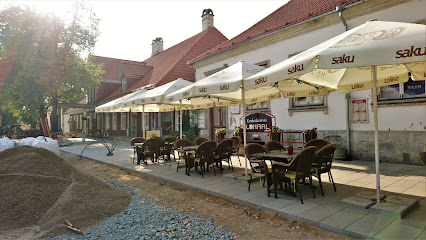
John Bull Pub
Discover the heart of Kuressaare at John Bull Pub, where tradition meets modernity in a warm and inviting atmosphere.
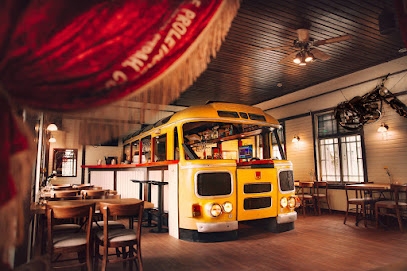
Pritsumaja Grill & Bar
Explore the flavors of Estonia at Pritsumaja Grill & Bar, where local ingredients meet a vibrant dining atmosphere in Kuressaare.
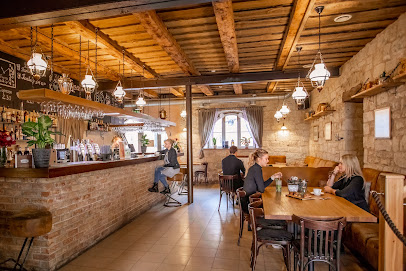
Vinoteek Restoran Prelude
Experience the best of Estonian cuisine and an extensive wine selection at Vinoteek Restoran Prelude in Kuressaare, a must-visit for food lovers.
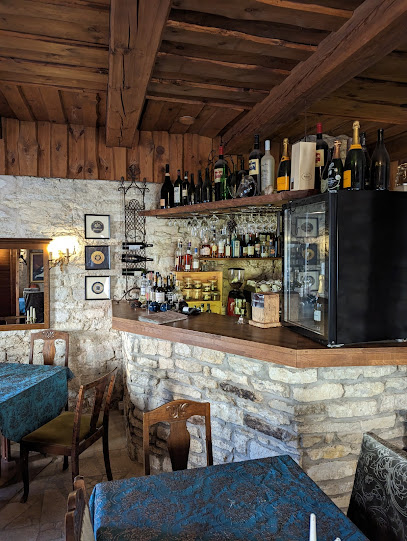
Kaali Tavern
Discover the authentic taste of Estonia at Kaali Tavern, a culinary haven in the heart of Saare County, offering local dishes and a warm atmosphere.
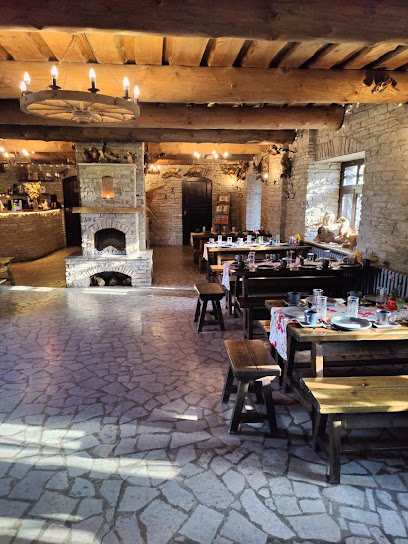
WAAG restobar
Discover the flavors of Kuressaare at WAAG Restobar, where local ingredients meet international cuisine in a welcoming atmosphere.
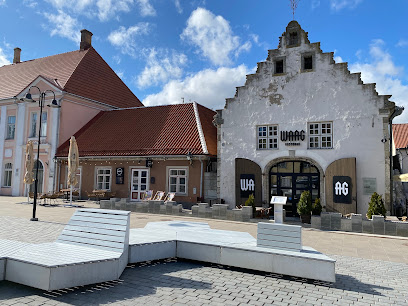
omnom söök & jook
Discover the vibrant culinary scene at Omnom Söök & Jook in Kuressaare, offering a delightful mix of BBQ, coffee, and bar experiences.

Lahhentagge
Discover the charm of Lahhentagge, a cozy bar in Lümanda, where local flavors and delightful drinks await every visitor.

Spring Cafe OÜ
Experience the flavors of Estonia at Spring Cafe OÜ, a cozy restaurant in Kuressaare known for its fresh, local dishes and warm ambiance.
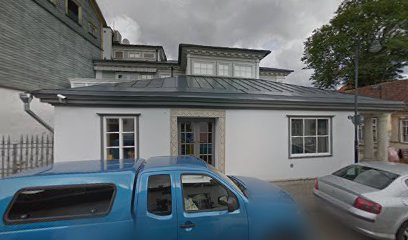
Lounge Muusa
Discover the serene ambiance of Lounge Muusa in Kuressaare, where delicious cuisine meets a relaxing atmosphere, perfect for unwinding after a day of exploration.
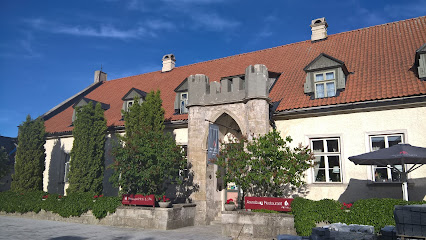
La Barbara
Experience the vibrant nightlife of Kuressaare at La Barbara, a trendy bar known for its lively atmosphere and delicious drinks.

Kokarna OÜ
Experience the essence of Estonian cuisine at Kokarna OÜ in Kuressaare, where local flavors meet a cozy atmosphere for an unforgettable dining experience.
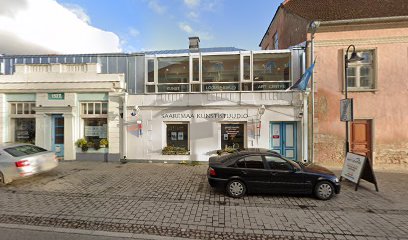
Local Phrases about Saaremaa Island
-
- HelloTere
[teh-reh] - GoodbyeNägemist
[nah-geh-mist] - YesJah
[yah] - NoEi
[ay] - Please/You're welcomePalun
[pah-loon] - Thank youAitäh
[eye-taah] - Excuse me/SorryVabandust
[vah-bahn-doost] - How are you?Kuidas sul läheb?
[kwee-dahs sool lay-heb] - Fine. And you?Hästi. Ja sina?
[haes-tee. yah see-nah] - Do you speak English?Kas sa räägid inglise keelt?
[kahs sah raah-ee-geed eeng-lee-seh kehlt] - I don't understandMa ei saa aru
[mah ay sah ah-roo]
- HelloTere
-
- I'd like to see the menu, pleaseMa tahaksin menüüd näha, palun
[mah tah-hahk-seen meh-nooood nah-hah, pah-loon] - I don't eat meatMa ei söö liha
[mah ay suh lhee-hah] - Cheers!Terviseks!
[ter-vee-seks] - I would like to pay, pleaseMa tahaksin maksta, palun
[mah tah-hahk-seen mahk-stah, pah-loon]
- I'd like to see the menu, pleaseMa tahaksin menüüd näha, palun
-
- Help!Appi!
[ah-pee] - Go away!Mine minema!
[mee-neh mee-neh-mah] - Call the Police!Helista politseisse!
[heh-lee-stah poh-leet-say-say] - Call a doctor!Helista arstile!
[heh-lee-stah are-stee-leh] - I'm lostMa olen eksinud
[mah oh-lehn ehk-see-nooood] - I'm illMa olen haige
[mah oh-lehn hai-geh]
- Help!Appi!
-
- I'd like to buy...Ma tahaksin osta...
[mah tah-hahk-seen oos-tah] - I'm just lookingMa vaatan ainult
[mah vah-tahn aye-noolt] - How much is it?Kui palju see maksab?
[kwee pahl-yoo seh mahk-sahb] - That's too expensiveSee on liiga kallis
[seh ohn lee-gah kahl-lees] - Can you lower the price?Kas saad hinda alandada?
[kahs sahd hin-dah ahl-ahn-dah-dah]
- I'd like to buy...Ma tahaksin osta...
-
- What time is it?Mis kell on?
[mees kell ohn] - It's one o'clockOn üks tund
[ohn yks toond] - Half past (10)Pool (10)
[pool] - MorningHommik
[hohm-meek] - AfternoonPärastlõuna
[pah-rahst-loo-nah] - EveningÕhtu
[ooh-too] - YesterdayEile
[ay-leh] - TodayTäna
[tah-nah] - TomorrowHomme
[hoh-meh] - 1Üks
[oohks] - 2Kaks
[kahks] - 3Kolm
[kohlm] - 4Neli
[neh-lee] - 5Viis
[vees] - 6Kuus
[koos] - 7Seitse
[sayt-seh] - 8Kaheksa
[kah-heksah] - 9Üheksa
[ooh-heksah] - 10Kümme
[koom-meh]
- What time is it?Mis kell on?
-
- Where's a/the...?Kus on ...?
[koos ohn] - What's the address?Mis on aadress?
[mees ohn ah-ah-dress] - Can you show me (on the map)?Kas saad mulle näidata (kaardil)?
[kahs sahd muh-leh nah-ee-tah dahrd-eel] - When's the next (bus)?Millal on järgmine (buss)?
[meel-lahl ohn yairg-mee-neh booss] - A ticket (to ....)Pilet (....)
[pee-leht]
- Where's a/the...?Kus on ...?
History of Saaremaa Island
-
Saaremaa, the largest island of Estonia, has been inhabited since the Neolithic era. Archaeological discoveries, such as the burial site at Kaali, indicate that the island was home to early human settlements as far back as 5000 BC. The meteoritic crater field in Kaali is one of Saaremaa’s most significant prehistoric landmarks, dating back to around 1530–1450 BC.
-
During the Viking Age, Saaremaa was known as 'Eysysla' and was a significant trading center due to its strategic location in the Baltic Sea. The islanders, known as Oeselians, were renowned for their seafaring skills and played a vital role in the Viking trade routes. Numerous Viking artifacts and ship burials have been discovered on the island, attesting to its importance during this period.
-
The medieval period saw the construction of many fortifications on Saaremaa, the most prominent being Kuressaare Castle. Built in the 13th century by the Teutonic Order, the castle served as a stronghold and administrative center. Today, it remains one of the best-preserved medieval castles in the Baltic region and houses the Saaremaa Museum, which offers insights into the island’s history.
-
In the 16th and 17th centuries, Saaremaa was a battleground for dominance between Denmark and Sweden. The island changed hands multiple times, with significant impacts on its cultural and political landscape. The Treaty of Brömsebro in 1645 marked the end of Danish rule and the beginning of a lengthy period under Swedish control, which lasted until the early 18th century.
-
Following the Great Northern War, Saaremaa became part of the Russian Empire in 1710. The island experienced a period of relative peace and development under Russian rule. The establishment of manor estates transformed the local economy and landscape. Many of these manorial buildings, such as Pädaste Manor and Loona Manor, have been restored and are now key attractions.
-
The 20th century brought significant upheaval to Saaremaa. During World War I, the island was occupied by the German Army. In World War II, it was again a strategic location, leading to occupations by both Soviet and Nazi forces. Post-war, Saaremaa became part of the Soviet Union, enduring decades of Soviet control until Estonia regained independence in 1991.
-
Since gaining independence, Saaremaa has experienced a cultural revival. Traditional customs, language, and crafts are actively preserved and celebrated. The island is known for its unique dialect, folklore, and events such as the Saaremaa Opera Days and the Saaremaa Rally. The rejuvenation of cultural sites and the promotion of eco-tourism have made Saaremaa a vibrant destination for visitors.
Saaremaa Island Essentials
-
Saaremaa Island is accessible by both sea and air. The most common way to reach the island is by taking a ferry from the mainland port of Virtsu to Kuivastu on Muhu Island, which is connected to Saaremaa by a causeway. Ferries are frequent and the journey typically takes about 30 minutes. Alternatively, you can fly into Kuressaare Airport from Tallinn, with the flight taking just under an hour. During the summer months, there are also direct ferries from Riga, Latvia.
-
Once on Saaremaa Island, you can rent a car to explore the island at your own pace. Buses and taxis are available for getting around, but having your own vehicle offers the greatest flexibility. Bicycling is also a popular way to see the island, thanks to its relatively flat terrain and scenic routes. Public buses connect major towns and villages, but schedules can be infrequent.
-
The official currency in Estonia is the Euro (EUR). Credit and debit cards are widely accepted across the island, including in restaurants, shops, and hotels. ATMs are available in larger towns like Kuressaare, but it's a good idea to carry some cash, especially if you plan to visit more remote areas or smaller establishments where card payments may not be accepted.
-
Saaremaa Island is generally very safe for tourists. There are no specific areas with high crime rates targeting tourists. However, it's always wise to take standard precautions such as not leaving valuables unattended and being aware of your surroundings, especially in crowded areas. Petty theft can occur, so keep your belongings secure.
-
In case of an emergency, dial 112 for immediate assistance, which covers police, fire, and medical services. The main hospital is located in Kuressaare, offering a range of medical services. Pharmacies are also available in larger towns. Make sure you have travel insurance that covers medical emergencies and keep the contact information for your embassy or consulate handy.
-
Fashion: Do dress in layers as the weather can be unpredictable. Avoid overly casual clothing when dining in finer restaurants. Religion: Do respect local customs, especially when visiting churches and religious sites. Public Transport: Do be polite and offer your seat to elderly passengers. Don’t talk loudly or disturb other passengers. Greetings: Do greet people with a friendly 'Tere' (hello in Estonian). A firm handshake is also common. Eating & Drinking: Do try local dishes such as Saaremaa smoked fish and black bread. Don’t refuse food offers as it may be seen as impolite. Always wait to be seated by the host in formal dining settings.
-
To experience Saaremaa like a local, visit the local markets where you can buy fresh produce and traditional crafts. Engage with the locals, who are often friendly and eager to share their knowledge about the island’s history and culture. Don’t miss the Kaali Meteorite Crater and the historic Kuressaare Castle. For a unique experience, visit the Angla Windmill Hill and the Panga Cliff for breathtaking views. Also, consider attending local festivals and events to immerse yourself in the island's culture.
Trending Landmarks in Saaremaa Island
-
Kuressaare linnus
-
Sõrve Lighthouse
-
Angla Windmill Park
-
Kaali meteoriitika ja paekivimuuseum
-
Hesburger
-
Ruins of Maasi castle
-
Suur Tõll ja Piret
-
RMK Triigi telkimisala
-
Saaremaa Muuseum
-
Keskaja Elamuskeskus/ Medieval Activity Centre/ Archebald
-
Tuhkana beach and recreation area
-
Sääretuka lighthouse
-
Kõljala mõis
-
Vabadussõjas langenud saarlaste mälestusmärk
-
Suursild
Nearby Cities to Saaremaa Island
-
Things To Do in Kärdla
-
Things To Do in Haapsalu
-
Things To Do in Pärnu
-
Things To Do in Ventspils
-
Things To Do in Talsi
-
Things To Do in Rapla
-
Things To Do in Tallinn
-
Things To Do in Kuldiga
-
Things To Do in Viljandi
-
Things To Do in Paide
-
Things To Do in Jurmala
-
Things To Do in Riga
-
Things To Do in Sigulda
-
Things To Do in Cesis
-
Things To Do in Valga

